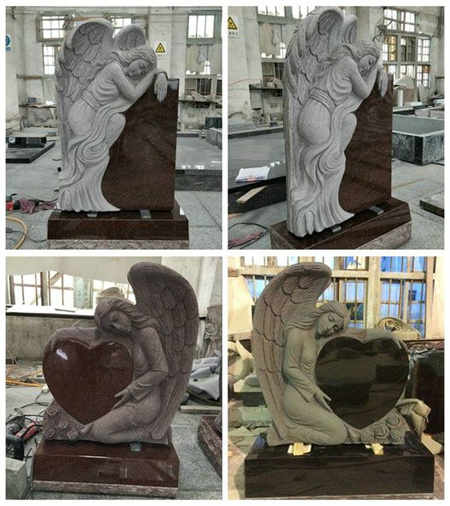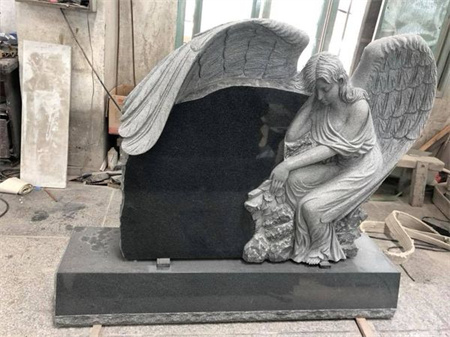
Granite Tombstone Import Pricing Strategies Explained
Granite Tombstone Import Pricing Strategies Explained
When it comes to importing granite tombstones, understanding pricing strategies is key to navigating the complexities of international trade and ensuring profitability. The pricing of granite tombstones is influenced by several factors, each playing a vital role in determining the final cost of these elegant memorials. Whether you’re a retailer, wholesaler, or importer, grasping these elements is essential for making informed decisions and maintaining competitive pricing.
The first thing to consider is the origin of the granite. Granite tombstones come from various regions worldwide, each offering distinct qualities and price points. For instance, Chinese granite is often more affordable due to lower production costs, whereas granite from European or North American sources tends to be pricier, reflecting higher labor and shipping expenses. The specific type of granite, including its color, texture, and durability, can significantly impact its cost. Rare colors or highly polished finishes can demand a premium, which is essential to keep in mind when setting a price.

Shipping costs are another crucial factor in the pricing equation. The logistics involved in transporting large, heavy stones across long distances can drive up prices. Freight charges, customs duties, and port handling fees all add layers to the overall cost of the granite tombstones. It’s important to work with experienced freight forwarders who understand the nuances of importing stone materials, as they can help optimize shipping routes and minimize unnecessary delays.
Another key aspect of pricing is the volume of granite being imported. Bulk purchases often come with price breaks, meaning that importing larger quantities of granite tombstones can result in lower per-unit costs. This volume discount is typically negotiated with the supplier and can vary depending on the relationship established with the manufacturer. However, it’s important to balance cost savings with demand, as over-ordering can lead to excess stock and storage fees.
The level of customization also affects the price. Basic, standard designs are typically less expensive, while custom engravings, unique shapes, or intricate detailing can add to the cost. Many customers seek personalized tombstones, and offering such services can help differentiate your business in a competitive market, but it’s important to factor in the additional costs of customization when setting your prices.

Lastly, market conditions, such as demand fluctuations and local competition, can impact pricing strategies. It’s essential to stay updated on trends in the granite industry and the memorial products market. During periods of high demand, prices may rise due to increased material costs or shipping delays, while in times of lower demand, more competitive pricing may be necessary to attract customers.
In summary, pricing strategies for importing granite tombstones require a delicate balance of material cost, shipping expenses, volume, customization, and market trends. By understanding these factors and developing a well-thought-out pricing strategy, businesses can ensure that they remain competitive while still providing high-quality products to their customers.

Copyright © Huian Boda Stone Co.,Ltd All rights reserved.

ipv6 network supported